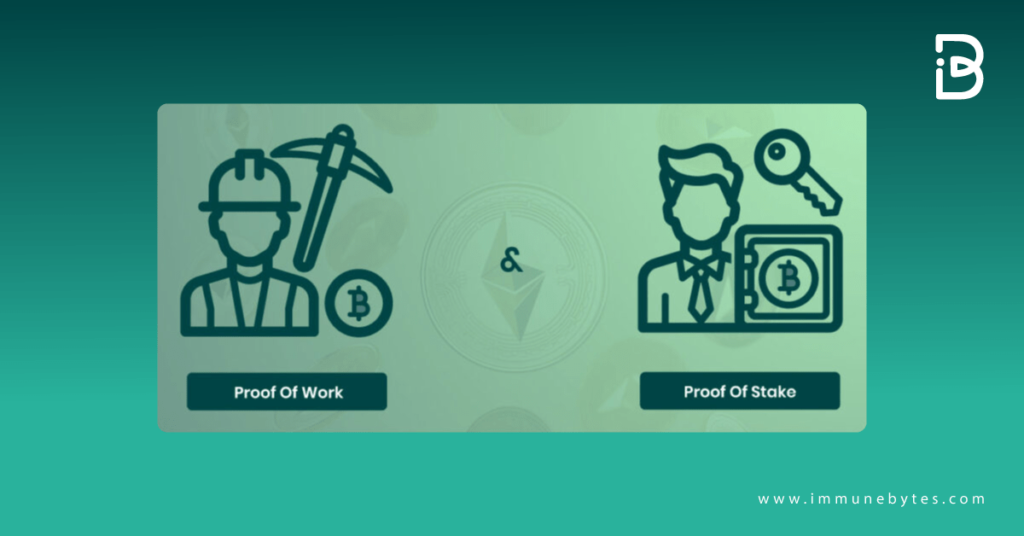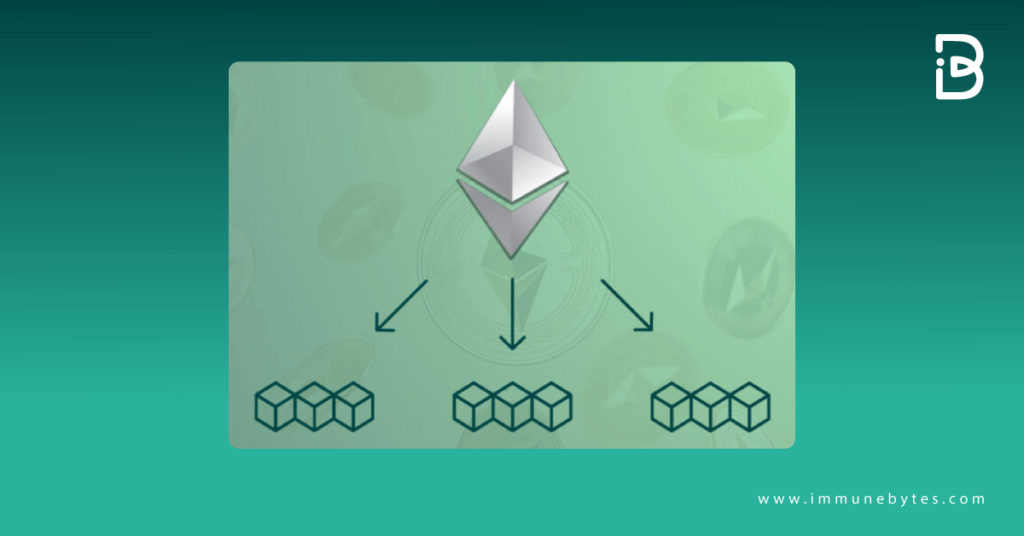Cryptocurrency and blockchain are ever-evolving and with that outgrowing themselves. They undergo upgrades every now and then. But when a crypto giant decided to roll out a major upgrade, all eyes are stuck on it and people eagerly wait for the big reveal. That is exactly what is happening with Ethereum.
The second-largest cryptocurrency in the world is undergoing a massive transition. With Ethereum 2.0, Ethereum is abandoning Proof-of-Work. The technical changes that Ethereum 2.0 promises to bring will make the cryptocurrency more environment-friendly.
In this blog, we’re going to check out the changes we can expect to see after the big upgrade.
What is Ethereum 2.0?
Table of Contents
It is always better to start off with a small introduction. So, here it is.
Ethereum has decided to transform itself into Ethereum 2.0. Ethereum 2.0 is a set of upgrades that are currently running on the Ethereum blockchain. This upgrade would make the network more scalable, secure, and sustainable. This has actually been in development since 2014 and represents a major transition for the world’s second-most popular cryptocurrency.
For those who are new to the world of blockchain, Ethereum currently works on a Proof-of-Work mechanism. What’s the problem with it?
The problem with proof of work is that it’s inefficient, and that’s by design. It consumes a lot of energy and resources. With PoW, miners compete against each other to solve a mathematical puzzle on the network and get rewarded. As the blockchain network grows, so does the consumption of energy needed to fuel the algorithm.

Source: https://digiconomist.net/ethereum-energy-consumption/
Recommend Read: EIP 1559
Where’s the Update Currently?
Ethereum 2.0’s release is staggered into three distinct sections: The Beacon Change, The merge, and Shard chains.
The Beacon Change (Phase 0), which implemented the PoS algorithm, was first launched in December 2020.
The next phase is ?The Big Merge?. This substantial phase will merge the Beacon Chain into the mainnet and say goodbye to the PoW algorithms. This phase is expected to happen at some point in 2021. The final upgrade mapped out for Eth2 will see the implementation of Shard chains. This is slated for 2022.
Now that we’re all on the same page, more or less, let’s see what Ethereum will look like after Ethereum 2.0!
The Much-Awaited?Proof-of-Stake?
Unlike proof-of-work, validators don’t need to use significant amounts of computational power. All that they need is to create blocks when chosen and validate proposed blocks when they’re not.

Proof-of-stake comes with several improvements:
- better energy efficiency
- lower barriers to entry and reduced hardware requirements
- stronger immunity to centralization
- stronger support for shard chains
Introducing Sharding
Sharding is the process of splitting a database horizontally to spread the load. A common concept in Computer Science. However, in terms of Ethereum, it is expected to reduce network congestion and increase transactions per second by creating new chains, known as ?shards?.
Features of sharding other than scalability:
- Anyone can run a node. With the introduction of sharding, validators only need to store/run data for the shard they’re validating, not the entire network.
- Increased network participation. Eventually, it’ll allow users to run Ethereum on their phones and laptop, hence, increasing security as well as decentralization.

Points to remember:
- Sharding is a multi-phase upgrade to improve Ethereum’s scalability and capacity.
- Shard chains spread the network’s load across 64 new chains.
- They make it easier to run a node by keeping hardware requirements low.
- This upgrade is planned to follow the merge of the mainnet with the Beacon Chain.
Read in detail about Shard Chains here.
What happens to the Miners?
Ethereum, like Bitcoin, currently uses an energy-intensive process called ?mining? to create and distribute new cryptocurrencies. The thousands of people globally who help make that happen are known as miners. So, what happens to these miners once we move to Eth2?
Once PoS is in action, there’s nothing left for the miners to mine, there will be no block subsidies, no transaction fees, and henceforth no miner extractable value (MEV).
Revenue from the transaction fees and MEV will be awarded to users who contribute to network security by staking their coin holdings in increments of 32 ETH. These users, also called ?validator node operators,? will most consistently be rewarded on Ethereum in the form of interest on their staked ether.
For validator node operators actively running software on Eth 2.0 today, their estimated annual percentage return for a single 32 ETH deposit is between 6% and 7%.
What about my Ethereum 1.0 coins?
That’s one question lingering in almost every investor’s mind. What happens to our ETH after this update?
The answer to this question is NOTHING.
Unlike what the name may suggest, Ethereum 2.0 is a technical upgrade of the Ethereum blockchain. It is not a replacement in the traditional sense. There will be no impact on Ethereum 1.0 coins. Anyone who owns ETH today will still hold it in the future, assuming, of course, that they don’t spend it. So, no, you don’t need to do anything. No, there won’t be a hard fork or a migration. No, it does not matter if your ether is on an exchange or not. It’s an upgrade, not a coin swap.
It has no impact on the issuance of the coin to date, but it will affect ETH’s inflation rate once proof-of-stake replaces proof-of-work.
Conclusion
With this upgrade in the network, existing and future ETH holders have nothing to worry about. The network’s financial assets will remain the same, as there will be no swaps or chain splits.
What is essential, however, is appropriately securing one’s Ethereum assets and the applications you built on it. This major update will have the attention of all, if you decide to build on it, hackers are something you should keep in mind!
Secure your smart contracts with ImmuneBytes! Contact us at https://www.immunebytes.com/contact-us/
About Us
ImmuneBytes is facilitating blockchain security by employing the use of cutting-edge techniques on smart contracts and decentralized applications. We have a team of experienced security professionals who are adept at their niches and provide you with innovative solutions and consultation. So far we have worked on 175+ blockchain start-ups on different blockchain frameworks, with clients spread across the globe, and are continually unfolding ourselves to make this decentralized movement thrive.

